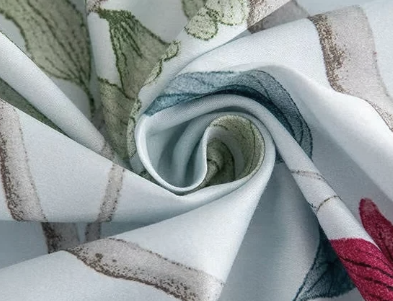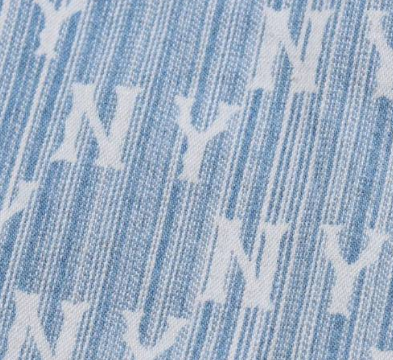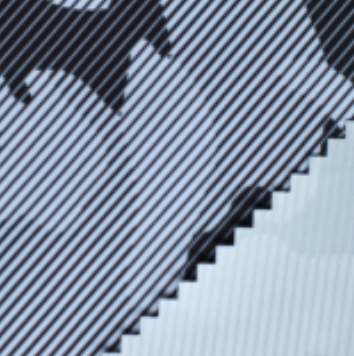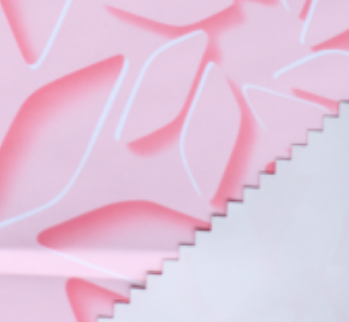Reactive printing and regular printing
Release time: 2025-02-18
Reactive printing and regular printing
Reactive printing is an advanced printing process that uses dyes containing reactive groups that can react chemically with fiber molecules, forming a cohesive whole between the dye and the fiber. Ordinary printing usually refers to pigment printing, which uses pigments and adhesives to attach colors to the surface of fabrics without involving chemical reactions.


technological process
Reactive Print
The process is relatively complex, including pretreatment, printing, color fixation (such as steaming), water washing, soap washing, and other steps
Ordinary printing
The process is relatively simple, usually only requiring two steps: printing and drying
Color fastness and hand feel
Reactive printing: high color fastness, bright colors, soft hand feel, and does not fade after long-term washing;
Ordinary printing: has a harder hand feel, less vivid colors than reactive printing, and poorer wash resistance and color fastness.


environmentally
Reactive printing: environmentally friendly, without adding harmful substances such as azo and formaldehyde
cost
Reactive printing: High cost, suitable for high-end markets and customized products.
Ordinary printing: Low cost, suitable for large-scale production and fast fashion brands.
scope of application
Reactive printing: suitable for natural fibers such as cotton and linen, widely used in home textiles, clothing and other fields.
Ordinary printing: suitable for various fibers, including synthetic fibers, widely used in sportswear, workwear, etc
 Suzhou-Jiangsu-China
Suzhou-Jiangsu-China +0512-63373373
+0512-63373373 info@shangyutex.com
info@shangyutex.com
